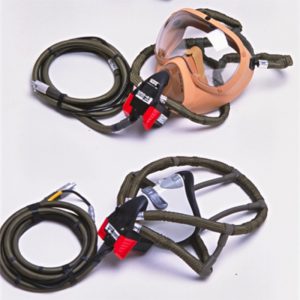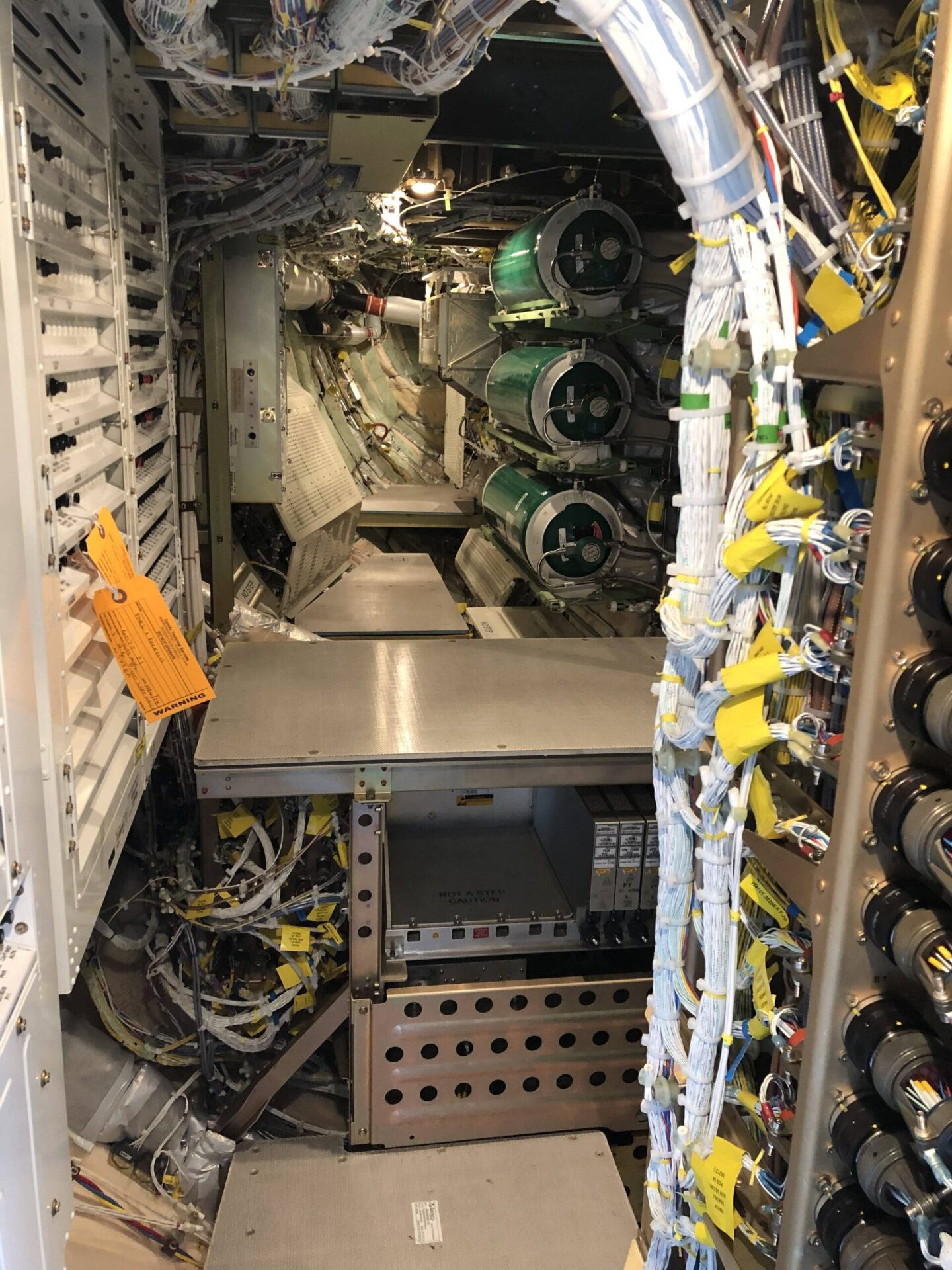Aircraft Oxygen System Servicing
Humans need an adequate amount of oxygen to function, and this is especially true in high altitudes where our bodies cannot take in as much oxygen as usual. That’s why it’s vital that your aircraft oxygen systems operate efficiently, ensuring that the aircraft cabin is properly pressurized and passengers have a supplemental oxygen supply at all times. You can minimize the chances of unexpected oxygen loss by booking aviation oxygen system servicing to verify that your equipment is functional and safe.
HRD Aero Systems offers professional aircraft oxygen system inspections, servicing and repairs to ensure reliable and enduring oxygen delivery. Choose us as your California destination for affordable, high-quality aviation services.
How Often Do Oxygen Systems Need to Be Serviced?
The United States Department of Transportation (DOT) requires that all aircraft oxygen cylinders undergo hydrostatic testing regularly to ensure that they can operate under high-pressure conditions and are free of stress cracks and corrosion. Different types of oxygen cylinders require different testing frequencies and service life requirements:
- DOT 3AA cylinders: Test once every five years with indefinite service life.
- DOT 3HT cylinders: Must test every three years with 24-year service life.
- Composite cylinders: Implement testing every three years with 15-year service life.
You can refer to the hydrostatic due dates stamped on your cylinders to ensure that they are not past their required testing times.

Our Services
The technicians at HRD Aero Systems adhere to the industry’s most stringent quality standards set by the DOT, Federal Aviation Administration (FAA) and European Union Aviation Safety Agency (EASA). Turn to our team for testing, maintenance, repair and overhaul services and solutions tailored to your specific needs.
Oxygen System Testing
HRD is your source for aircraft oxygen bottle hydrostatic tests near you. Our skilled technicians provide functional tests and leak checks. According to regulations, a pressure and leak test must be performed every time your system is serviced. We use an oxygen-safe leak-check fluid that does not react with pure oxygen or cause contamination. Testing also includes ensuring oxygen fittings and components are assembled without over-tightening or under-tightening for a leak-free system. We test oxygen systems in a safe environment, adhering to all safety procedures.
Oxygen System Refills
Rely on HRD for safe and efficient oxygen refills. For oxygen cylinder filling, we follow this procedure:
- Before starting the filling process, our technicians perform safety checks on our filling station and equipment.
- Next, we weigh empty oxygen cylinders to determine how much oxygen is needed. We then carefully document all cylinder details and ensure the cylinders receive the proper amount of oxygen.
- Our technicians connect the filling equipment to the cylinder and oxygen source. We start the purging process, ensuring cylinders are free from any contaminants and residual gas.
- The filling process begins. We meticulously monitor pressure levels and maintain the correct fill rates during this process.
- We check that every cylinder has the correct fill weight and document the filling procedure.
Repairs and Overhauls
HRD is a trusted provider of aircraft oxygen repair and overhaul services. We offer a large inventory of original FAA Parts Manufacturer Approval (PMA) parts that meet the specifications of OEM parts. PMA parts comply with FAA regulations. Our selection of parts includes discharge valves, fill plugs and fittings, oxygen cylinders and much more. Our trained technicians are extremely well-versed in DOT and FAA requirements to ensure they deliver work that is airworthy.
What Brands and Manufacturers Do We Service?
When you choose us for aircraft oxygen system services, you can expect fast and efficient maintenance, repairs and overhauls from our highly trained technicians. The HRD Aero Systems team has the knowledge and resources needed to service systems from many major brands, including:
- Avox
- Carleton
- Scott
- B/E Aerospace
- Adams Rite Aerospace
- EROS/Intertechnique
Book Aircraft Oxygen System Inspections at HRD Aero Systems
You can ensure the quality and functionality of your oxygen cylinders, regulators, masks and more with aircraft oxygen equipment services at HRD Aero Systems. We’ve spent over 35 years delivering dependable and cost-effective services that commercial, military and corporate clients can trust. We employ more than 200 dedicated staff to ensure fast service turnarounds, and we have international representation to respond to any need, anywhere.
Contact us to schedule services today!

